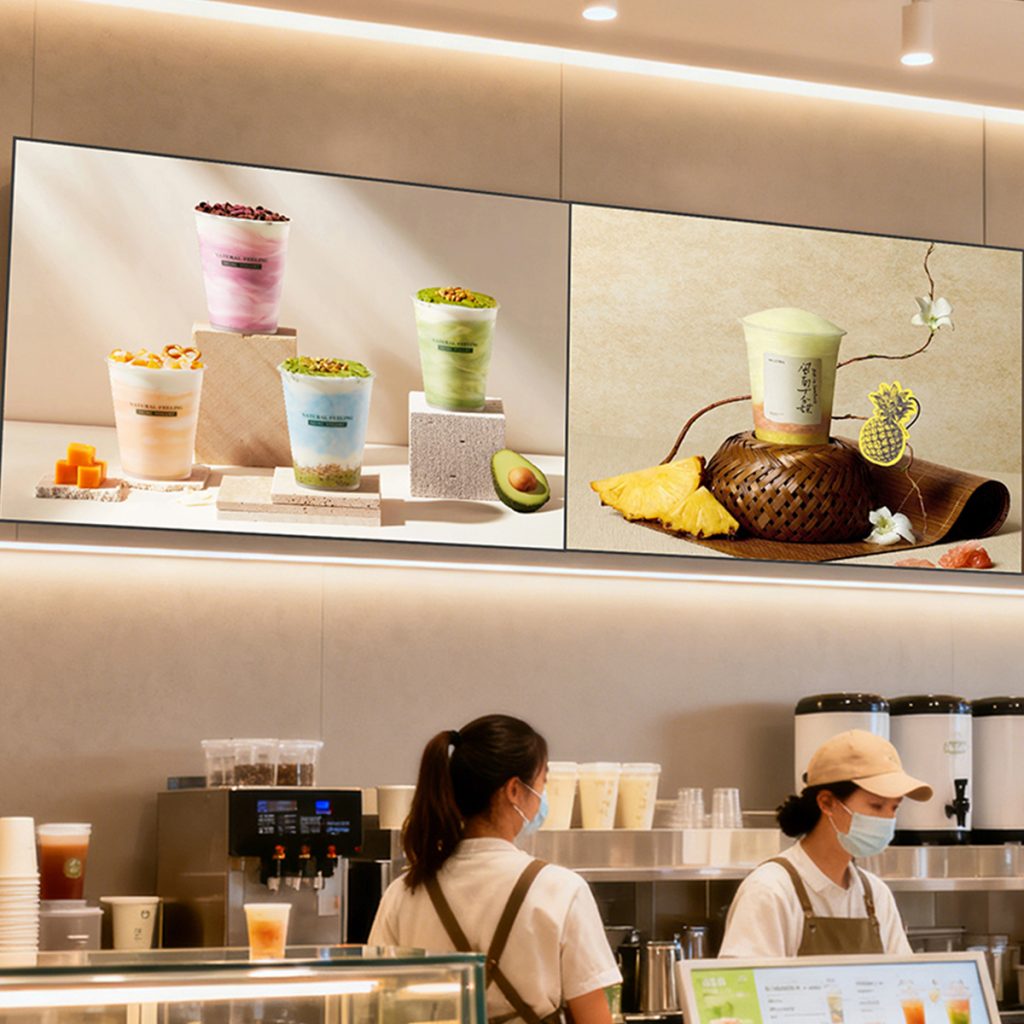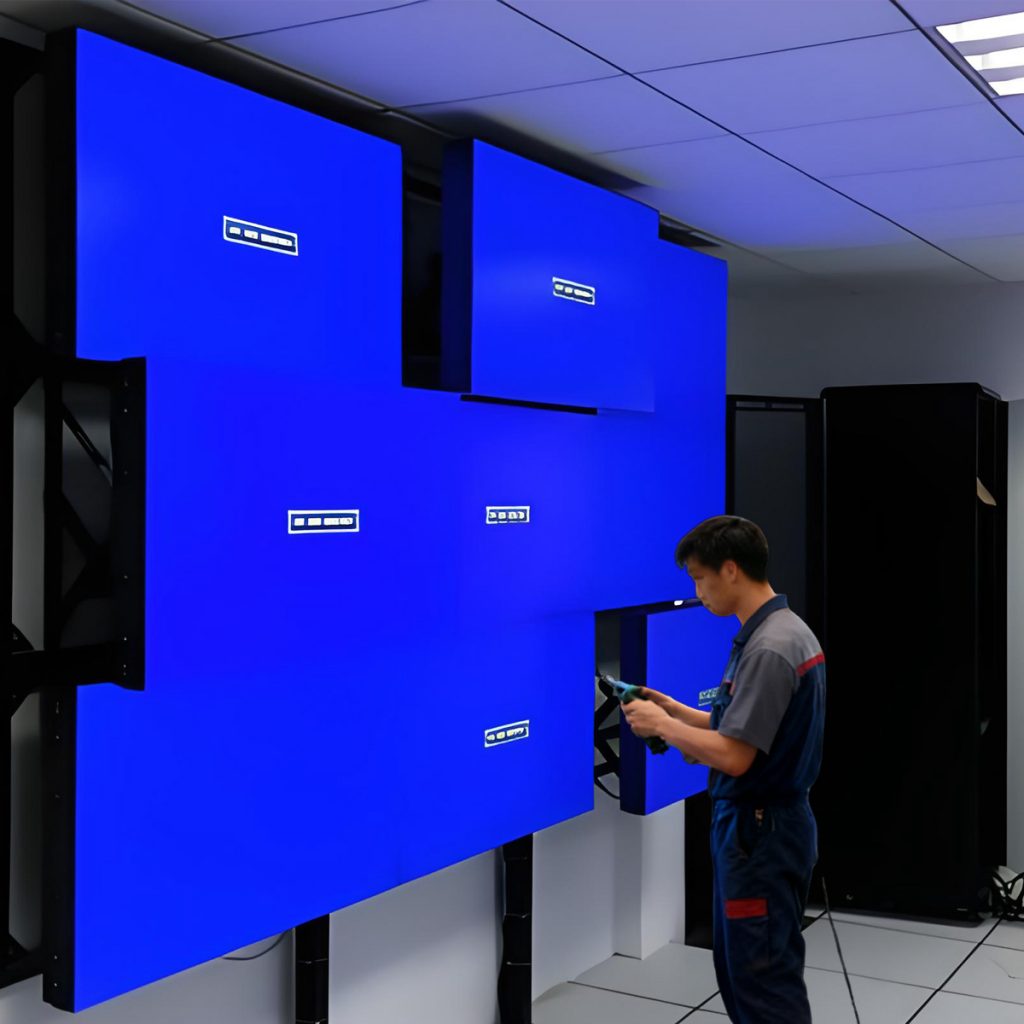Display Parameters Selection Criteria
Professional digital signage selection first requires attention to brightness parameters. Indoor environments typically need 400-700cd/m² brightness, while outdoor scenarios recommend high-brightness models above 1500cd/m² for ensured visibility. Resolution selection should combine viewing distance, with 4K ultra-high definition suitable for close-range viewing and full HD applicable for medium-to-long distance information display. Color gamut coverage directly affects color performance, with 72% NTSC as standard configuration and high-end models achieving over 90% wide color gamut. Response time influences dynamic video fluency, with under 8ms meeting most video playback requirements. These core parameters collectively determine the basic display performance of digital signage.
Application Scenario Matching Solutions

Digital signage selection for different scenarios requires targeted solutions. Retail environments suit ultra-narrow bezel splicing screens with 3.5mm gaps achieving near-seamless advertising display. The catering industry recommends high-brightness vertical advertising machines with 700cd/m² brightness ensuring clear menu visibility. Transportation hubs should select wide-temperature operation devices supporting stable operation from -20℃ to 60℃. Conference room scenarios prioritize 4K resolution and wide viewing angles, with 178-degree visibility meeting multi-party viewing needs. Educational institutions should choose anti-glare panels reducing environmental light reflection impact on teaching content. Correct scenario matching maximizes digital signage value.
Installation Maintenance and System Compatibility

Scientific digital signage selection must include installation maintenance evaluation. Front maintenance design saves backspace supporting single-person equipment maintenance. Wall mounting requires confirming wall load-bearing capacity, while floor installation ensures base stability. System compatibility checks include interface types and signal formats, with HDMI and DVI interfaces needing to match existing playback devices. Remote management functions support network control enabling multi-terminal unified content updates. Power consumption indicators affect operating costs, with LED backlight technology saving over 30% compared to traditional CCFL. Products with mean time between failures exceeding 60000 hours significantly reduce maintenance frequency. These factors directly influence long-term digital signage user experience.
Brand Service and Cost-Effectiveness Balance
Wise digital signage selection requires balancing brand and service factors. Established brands typically provide more complete technical support including on-site installation guidance and rapid fault response. Warranty policy coverage needs clarification, with three-year whole machine warranty belonging to industry standard configuration. Cost-effectiveness evaluation should combine service life, with high-quality panels guaranteeing over 30000 hours stable operation. Software update services ensure continuous system optimization, while regular function upgrades enhance user experience. Case references help understand practical application effects, with successful project implementation experience worth referencing. Comprehensive consideration of these elements assists users in making optimal procurement decisions.
 Tela de emenda,Sinalização Digital,Yimiyun
Tela de emenda,Sinalização Digital,Yimiyun